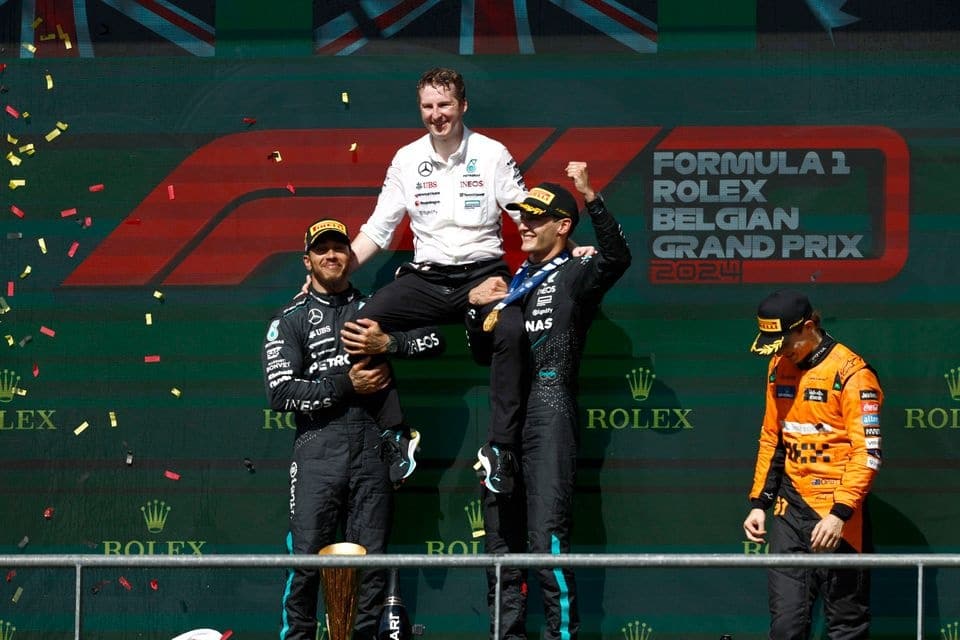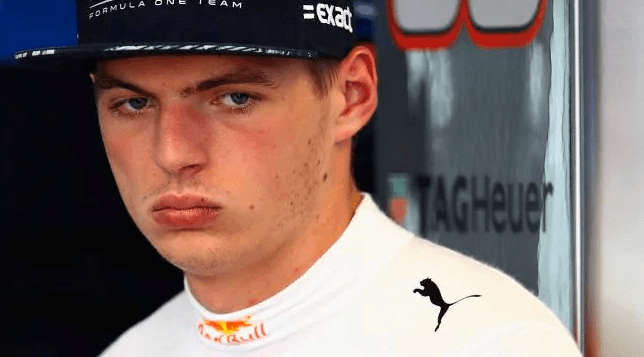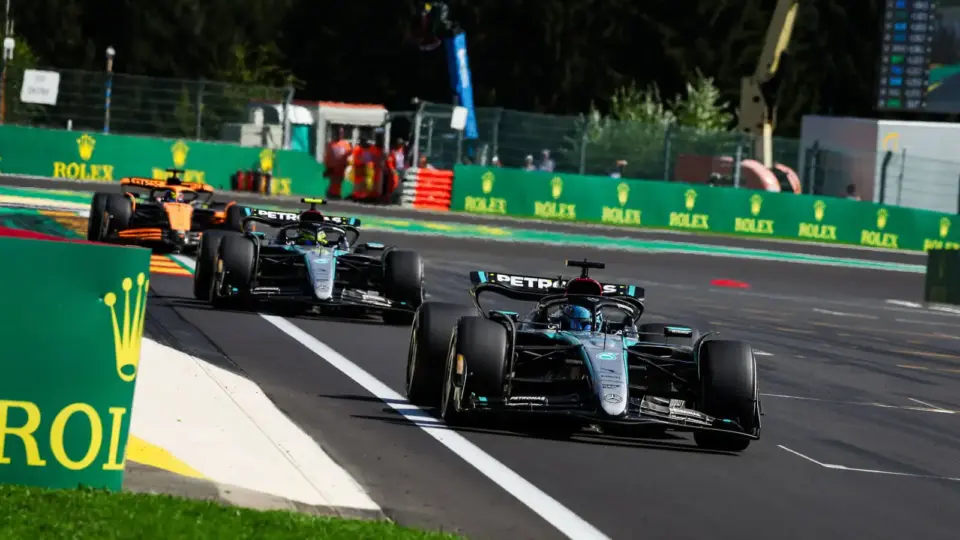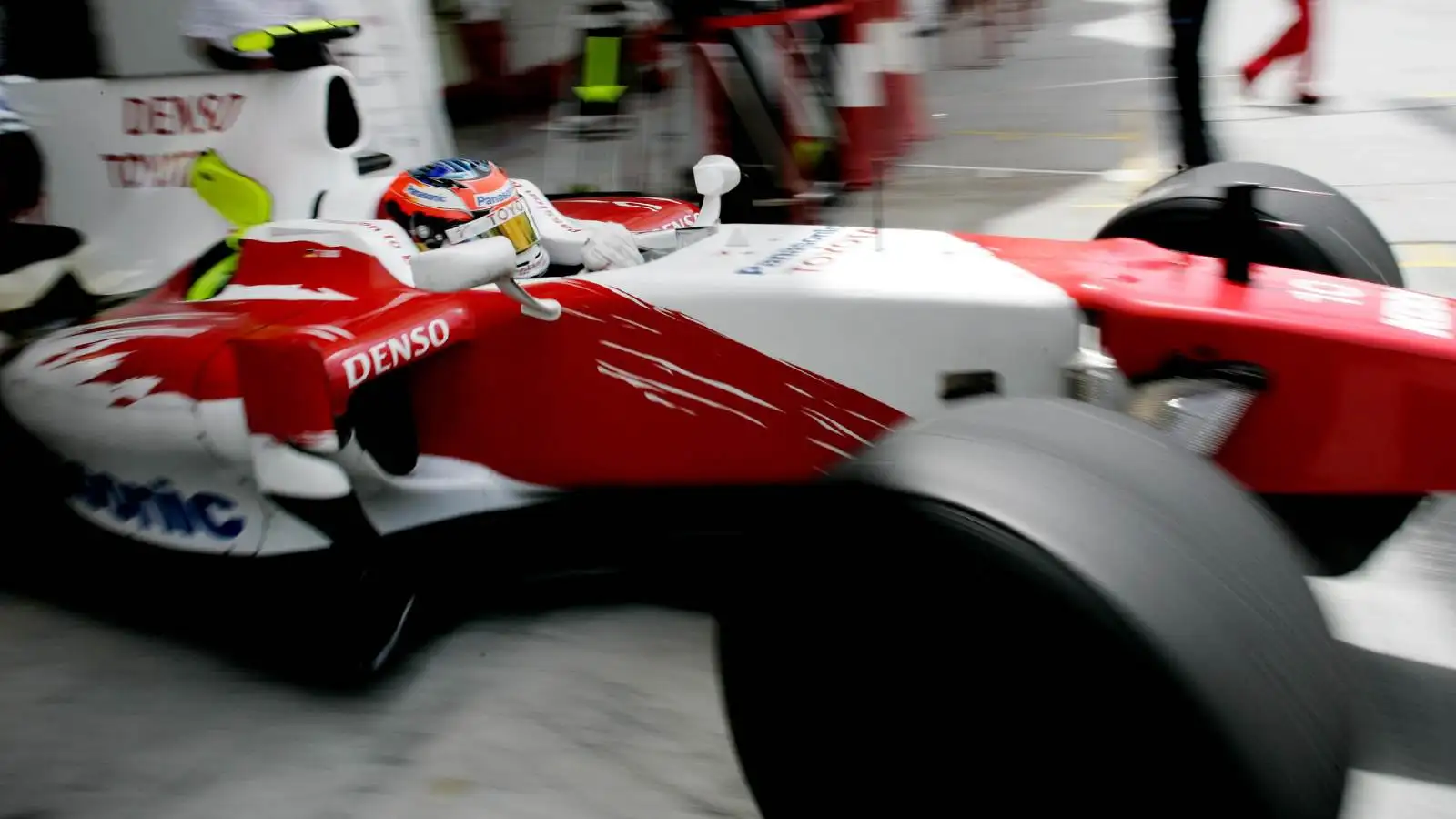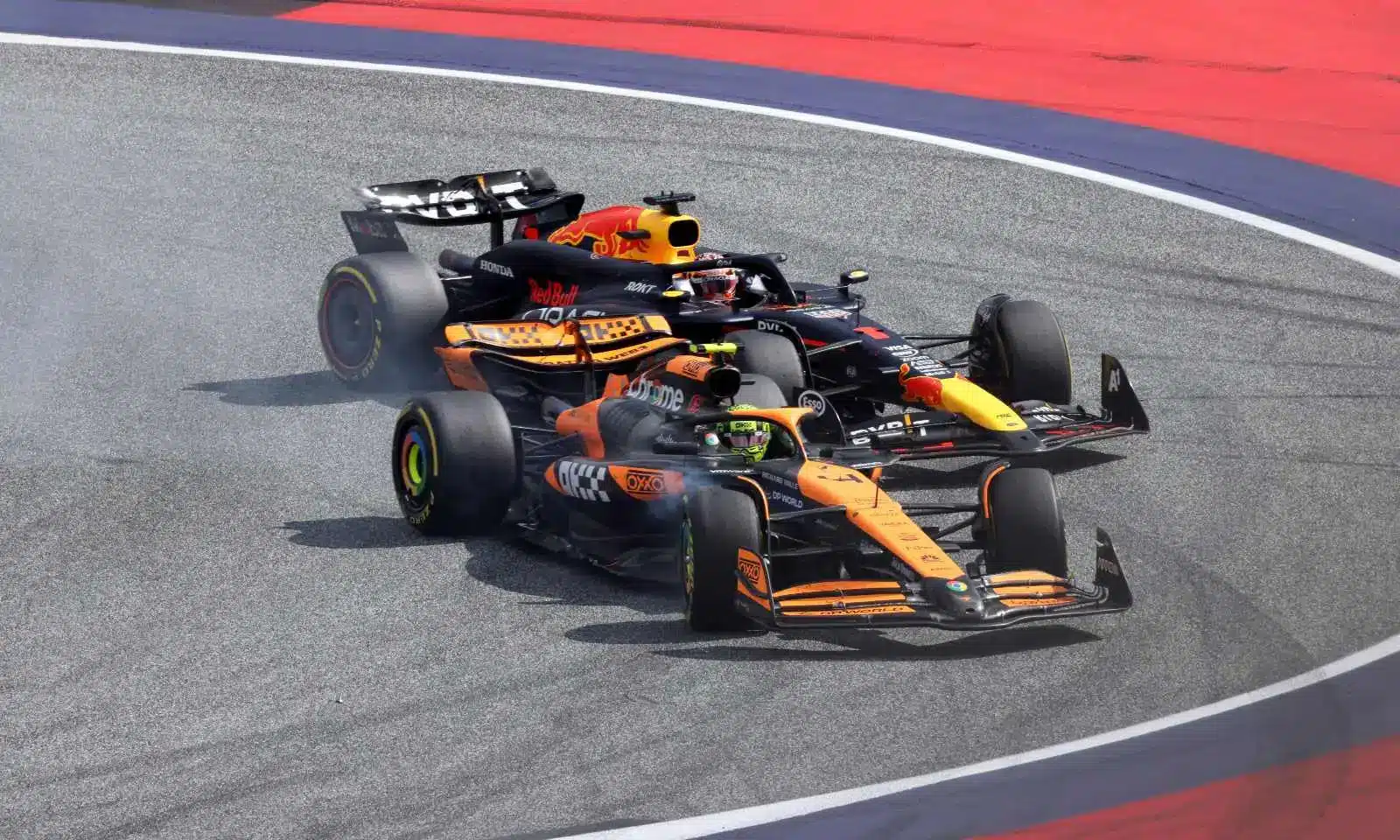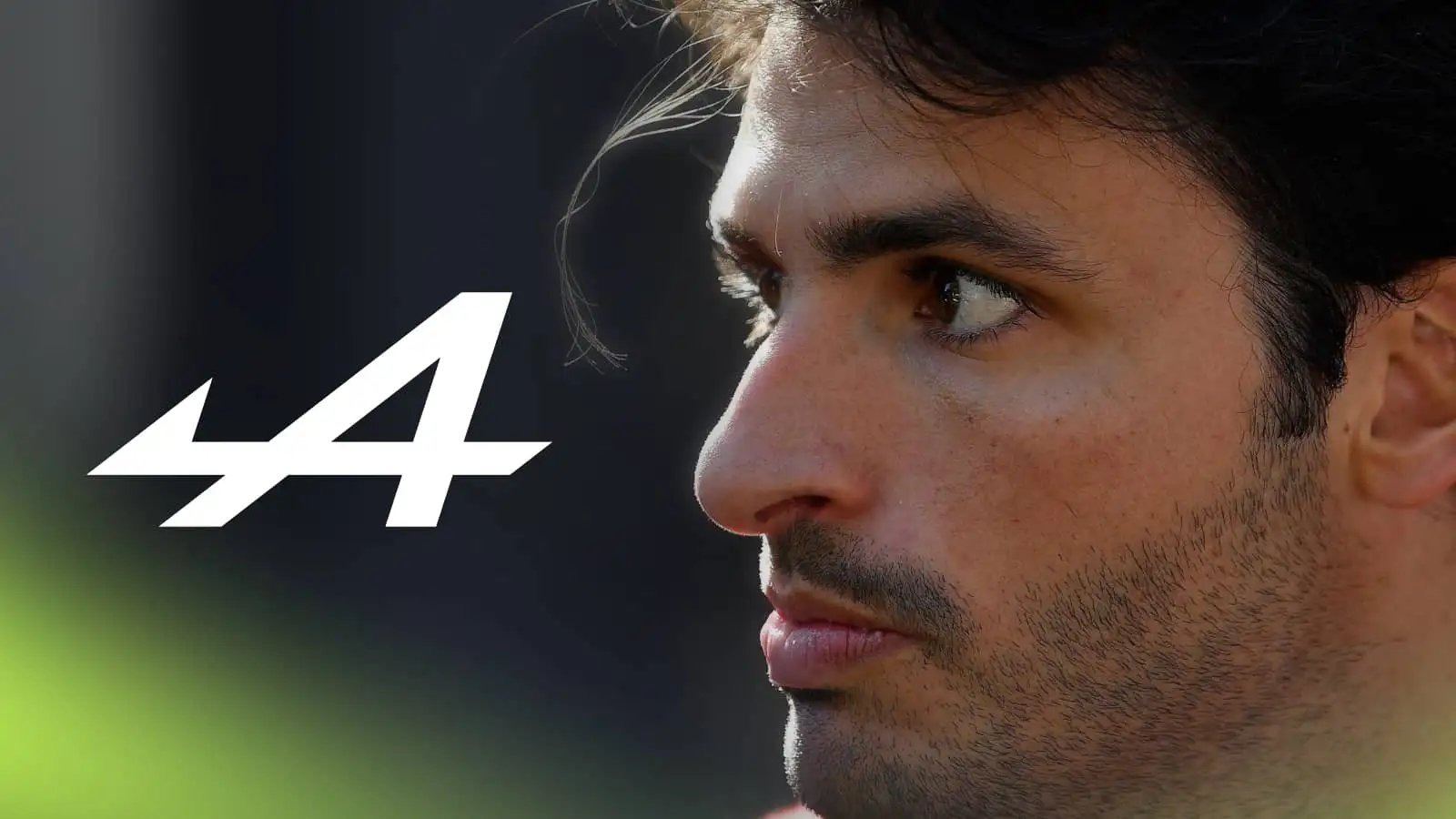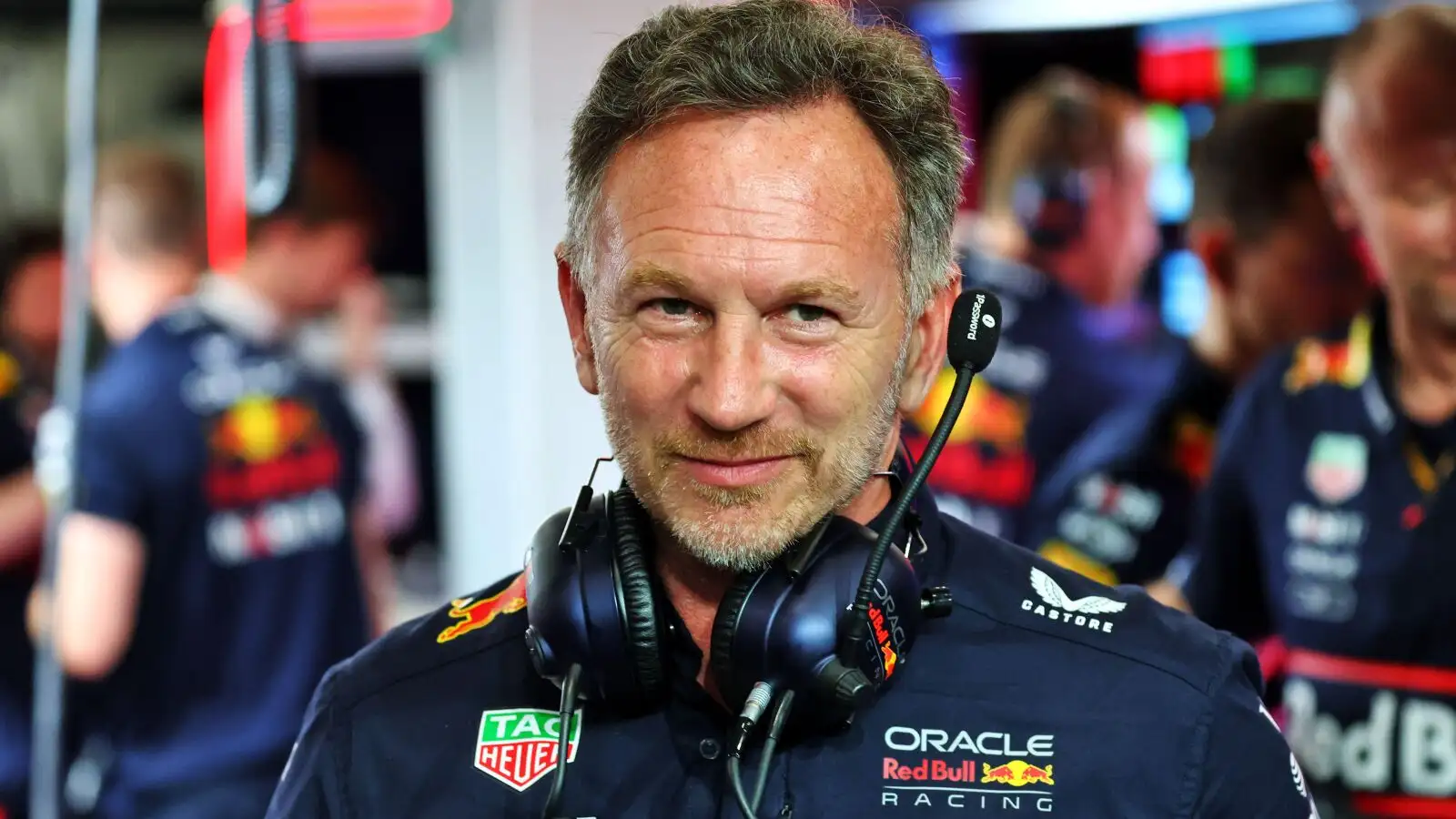Mercedes’ weekend in Belgium started as a disaster, but it ended with a stunning race win. Here’s how they pulled it off in just 48 hours.
Picture this: Lewis Hamilton and George Russell, heads down and shoulders drooping after a dismal second practice session at the Belgian Grand Prix. Things looked grim. Mercedes had come to Spa-Francorchamps with high hopes, armed with an upgraded floor. However, the W15 was lagging over a second behind the fastest times, and the car felt awful.
Hamilton couldn’t hide his disappointment, stating, “It was a pretty bad day. I don’t know what to say. Obviously, it’s been feeling great in the past couple of races, and it just felt completely different.” With no clear explanation, the team was stumped. They lost precious time on the straights—up to 0.9 seconds, to be exact—and their once-balanced car was now all over the place.
With engineering work continuing late into the night at the Brackley factory, the team decided to revert to what they knew best. They ditched the new floor and some mechanical settings, attempting to bring back the car’s former glory. Team principal Toto Wolff emphasized, “On Friday we were not competitive. But there wasn’t a clear direction on what it was. And honestly, I must admit that the overnight work that was done from Friday to Saturday in Brackley, in the sim, and also here on the engineering side was the key.”
The changes worked. The old floor and revised setup brought the W15 back to a comfortable spot. The dry running on Sunday showcased their improvements, just as Silverstone had shown the importance of weather conditions. The sunshine on Sunday gave Mercedes the edge they needed.
Hamilton expressed his amazement after the race, saying, “It was literally night and day different today. On Friday, it was pretty disastrous for both of us and we were really struggling with balance. And then today, the car came alive, and I was really surprised to, firstly, get into the lead and then be pulling away from everyone.”
While Russell finished first, he was later disqualified for being underweight. Yet, he acknowledged that they had simply found the right operating window for the car. He confidently said, “We’ve got a lot of things we can play around with, and I think we just had it in the wrong window on Friday.” The team plans to return to the new aero package at the next race in Zandvoort.
Mercedes’ swift changes and overnight efforts turned a disastrous start into a remarkable victory. Their determination and quick thinking highlight the unpredictable and thrilling nature of Formula 1.
